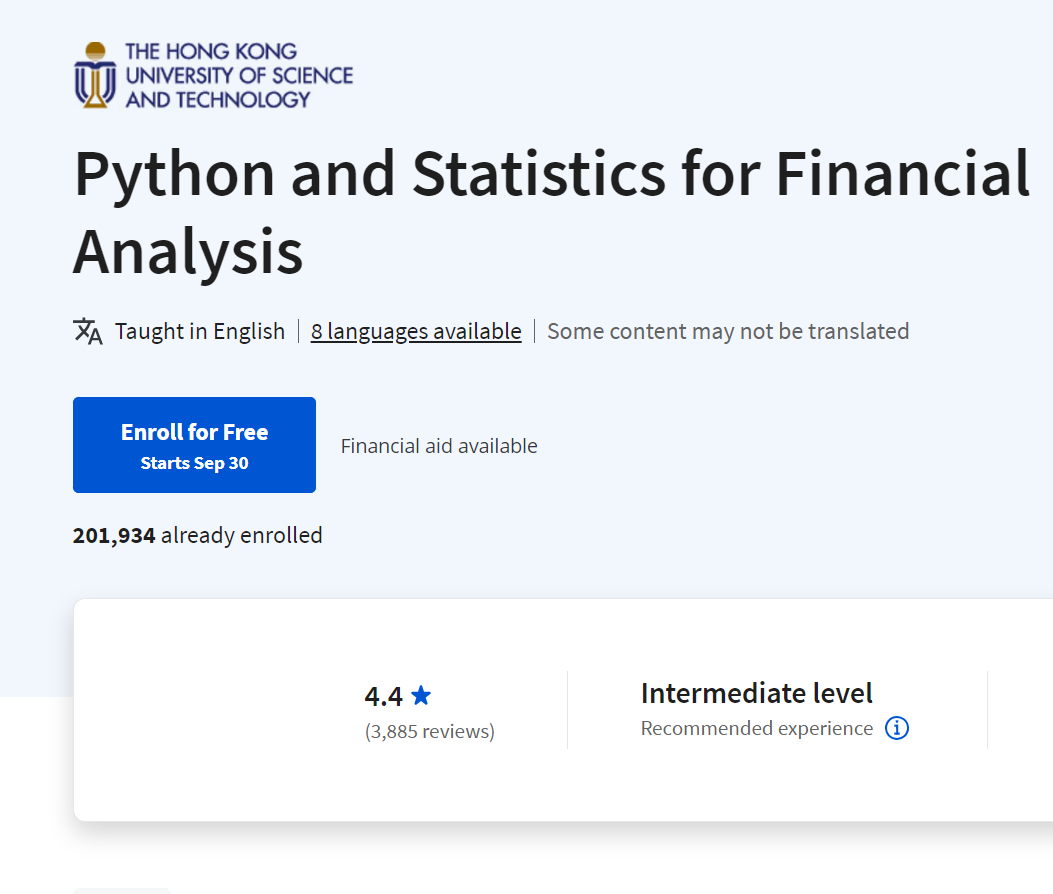.png)
The above code provided is creating two sets, st1 and st2, and then using the - operator to find the difference between st2 and st1. The - operator in this context performs a set difference operation, which returns a new set containing...
Python Coding September 30, 2023 Python No comments
.png)
Python Coding September 30, 2023 Books No comments
Python Coding September 30, 2023 Course, Python No comments

Python Coding September 06, 2023 Python No comments
Python Coding September 04, 2023 Python No comments
Python Coding September 04, 2023 Python No comments
Free Books Python Programming for Beginnershttps://t.co/uzyTwE2B9O
— Python Coding (@clcoding) September 11, 2023
Top 10 Python Data Science book
— Python Coding (@clcoding) July 9, 2023
🧵:
Top 4 free Mathematics course for Data Science ! pic.twitter.com/s5qYPLm2lY
— Python Coding (@clcoding) April 26, 2024
Web Development using Python
— Python Coding (@clcoding) December 2, 2023
🧵: